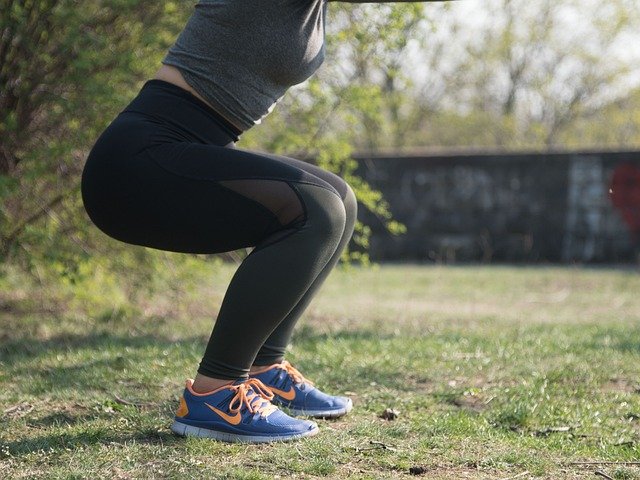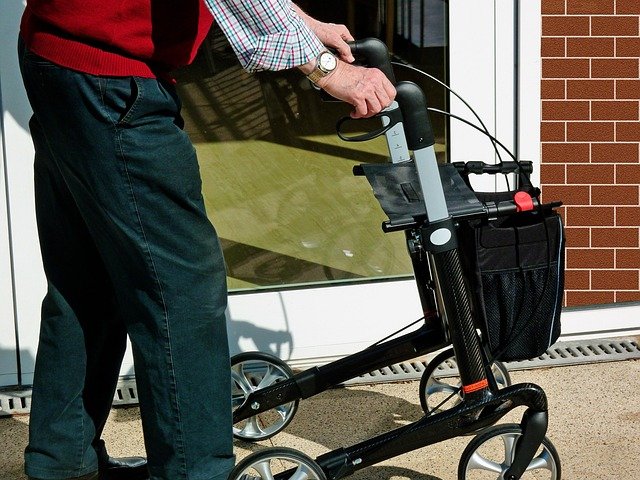Breaking Down the Biomechanics of a Tennis Serve
The tennis serve is a dynamic, complex, and integral part of the game, often making the difference between winning and losing. Understanding the biomechanics of a tennis serve can enhance performance, prevent injury, and give players a competitive edge.

The Anatomy of a Tennis Serve
The tennis serve is a carefully choreographed sequence of movements that involves almost every part of the body. From the initial ball toss to the final racquet swing, the serve requires precise coordination and timing.
Historically, the tennis serve has evolved from a simple underhand toss to the high-speed, overhand delivery seen in today’s professional game. This evolution has been driven by advances in sports science, racquet technology, and player conditioning.
The Stance and Ball Toss
A tennis serve begins with the stance. The player must balance on the back foot, with the front foot pointing towards the net. The ball is tossed into the air with the non-dominant hand, while the racquet is held high with the dominant hand, ready for the swing.
The ball toss is a critical part of the serve. If the ball is tossed too low, the player will struggle to generate power. If it’s tossed too high, timing the swing becomes difficult. The ideal ball toss is high enough to allow for a full racquet swing, but not so high that it disrupts the player’s rhythm.
The Swing Phase
The swing phase of the serve involves a complex sequence of movements. The player must rotate their hips and shoulders, extend their arm, and snap their wrist to hit the ball. This generates the power and spin necessary to execute an effective serve.
The Science Behind the Serve
Biomechanics is the science of movement. It examines the forces acting upon the body and the effects of these forces. In tennis, biomechanics can help players understand the mechanics of their serve, identify potential weaknesses, and develop strategies to improve performance.
Research has shown that several biomechanical factors can influence the effectiveness of a tennis serve. These include the angle of the racquet at impact, the speed and direction of the racquet swing, and the timing of the body’s rotation.
The Role of Spin
Spin is an essential part of a successful tennis serve. The two most common types of spin used in a serve are topspin and slice.
Topspin involves hitting the ball with an upward motion, causing it to spin forwards. This makes the ball dip quickly after crossing the net, making it difficult for the opponent to return.
Slice, on the other hand, involves hitting the ball with a sideways motion, causing it to spin sideways. This makes the ball veer to one side after crossing the net, disrupting the opponent’s timing.
The Benefits and Challenges of Perfecting the Serve
Mastering the serve can give players a significant advantage. A powerful, accurate serve can win points outright, put the opponent on the back foot, and boost the server’s confidence.
However, perfecting the serve is not without its challenges. The serve is a complex, high-speed movement that places considerable stress on the body. This can lead to a range of injuries, particularly in the shoulder and elbow.
To mitigate these risks, players must ensure they use proper technique, warm-up appropriately, and condition their bodies to withstand the demands of the serve.
The Serve in Action: Insights from the Pros
Professional tennis players often have unique serving styles that reflect their physical strengths, tactical preferences, and personal idiosyncrasies. However, all successful serves share certain fundamental characteristics.
For example, Roger Federer, known for his elegant and efficient serve, exemplifies the importance of precise ball toss and smooth body rotation. Serena Williams, renowned for her powerful and intimidating serve, demonstrates the value of explosive hip drive and arm extension.
Analyzing the serves of professional players can provide valuable insights for amateur players looking to improve their own serve. However, it’s crucial to remember that every player is unique, and what works for one player may not work for another. The key is to understand the principles of the serve and adapt them to one’s own style and capabilities.
In conclusion, the tennis serve is a fascinating blend of science, skill, and strategy. By understanding and applying the principles of biomechanics, players can enhance their serve, improve their performance, and gain a deeper appreciation of the beautiful game of tennis.




